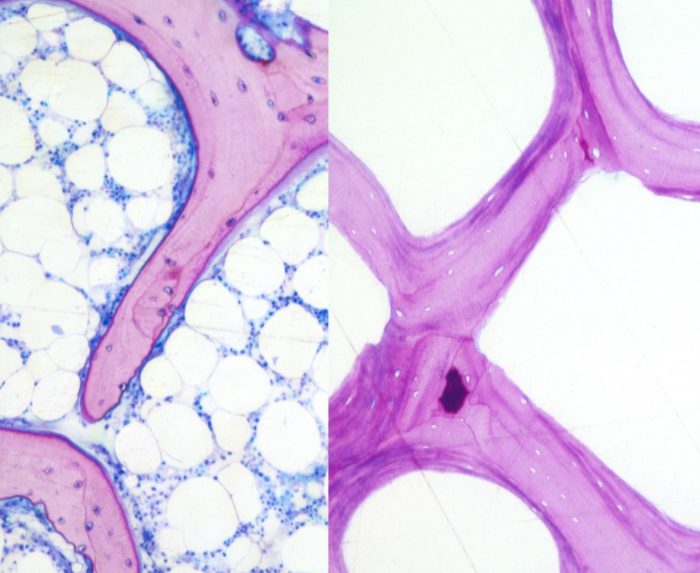Decellularised scaffolds for Tissue (Re-)engineering
Decellularisation

Since 2000, we have been developing novel processing methods to remove cells from human and animal tissues. We are able to preserve essential extracellular matrix components and native structures, thus produce a scaffold material which retains normal tissue function. These functional decellularised scaffolds can be directly implanted to repair and regenerate damaged tissues, without being rejected by the patient.
Decellularisation technology
Our patented process incorporates the use of low concentration detergent (sodium dodecyl sulphate) with protease inhibitors. This gentle washing process removes cellular material without damaging the extracellular matrix proteins.
To ensure through cell removal is achieved with minimal structural damage we have developed a range of decellularisation bio-processes suited to each tissue type, ensuring that the resultant scaffold is a functional tissue replacement.
Decellularised scaffolds
Cardiovascular:
• Aortic and pulmonary heart valves
• Carotid and femoral artery
• Pericardium
Musculoskeletal:
• Bone
• Tendon (for ligament reconstruction, with/without bone attachments)
• Meniscus (with/without bone)
• Osteochondral
Other:
• Dermis
• Amnion
• Adipose
• Bladder
• Nerve
• Liver
